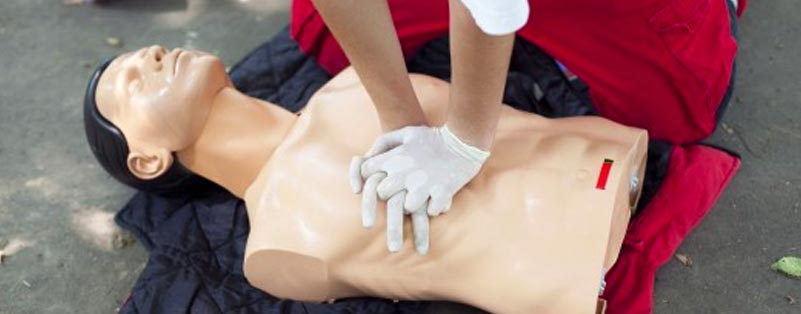What is Basic First Aid?

What is Basic First Aid?
Have you ever wondered what you would do if faced with a situation requiring urgent medical attention? St John Ambulance has estimated 140,000 people die each year in the UK in situations which could have been prevented with basic first aid knowledge. The ambulance service said this number is equal to the number of cancer deaths each year in the country.
The Red Cross has found there are similar situations in Australia, where deaths can be prevented by basic first aid. Up to 15 percent of deaths in the annual road toll could have been prevented if bystanders possessed these easy to learn skills.
Qualified trainer Paul Hill says being able to deliver first aid can be essential in emergency situations.
“First aid training gives you the knowledge and skills to provide comfort and to help prevent the situation from worsening,” he said.
“Training helps you to understand how to help prevent many common injuries and illnesses from occurring.”
The basics
Paul Hill says the best starting point for first aid is to learn how to provide basic life support.
The most common emergency situations include CPR, bleeding control, anaphylaxis and asthma.
Common non-life threatening injuries requiring first aid can also include, bleeding, choking and shock.
The Red Cross recommends following its basic life support checklist when faced with an emergency situation:
D: Check for Danger
R: Check for Response
S: Send for help – Call 000
A: Open Airway
B: Check for normal Breathing
C: Start CPR – 30 chest compressions: 2 breaths
D: Attach Defibrillator
More specific advice for different emergency situations can be found in the Australian Red Cross First Aid Basic Guide.
Where to find out more
MSA Training and Professional Development teaches basic life support skills in the level 1 course, Provide Basic Emergency Life Support.
Trainer Paul Hill says more extensive first aid training is often required by employers.
“A Level 2 first aid course, Provide First Aid, is most often the required course for many workplaces and volunteer organisations,” he said.
“This course covers a wider range of common emergencies including head and spinal injuries, heart conditions and strokes.”
Paul says that the basic life support skills taught in the level 1 course are still covered in the level 2 certificate.
“It is not a requirement to do the Level 1 course before you do the Level 2 course, you can start with the Level 2 course if you wish to.”
Additional courses provided by MSA Training and Professional Development include; Provide First Aid in an education and care setting, Provide advanced resuscitation and oxygen therapy and Mental Health First Aid (Workplace).